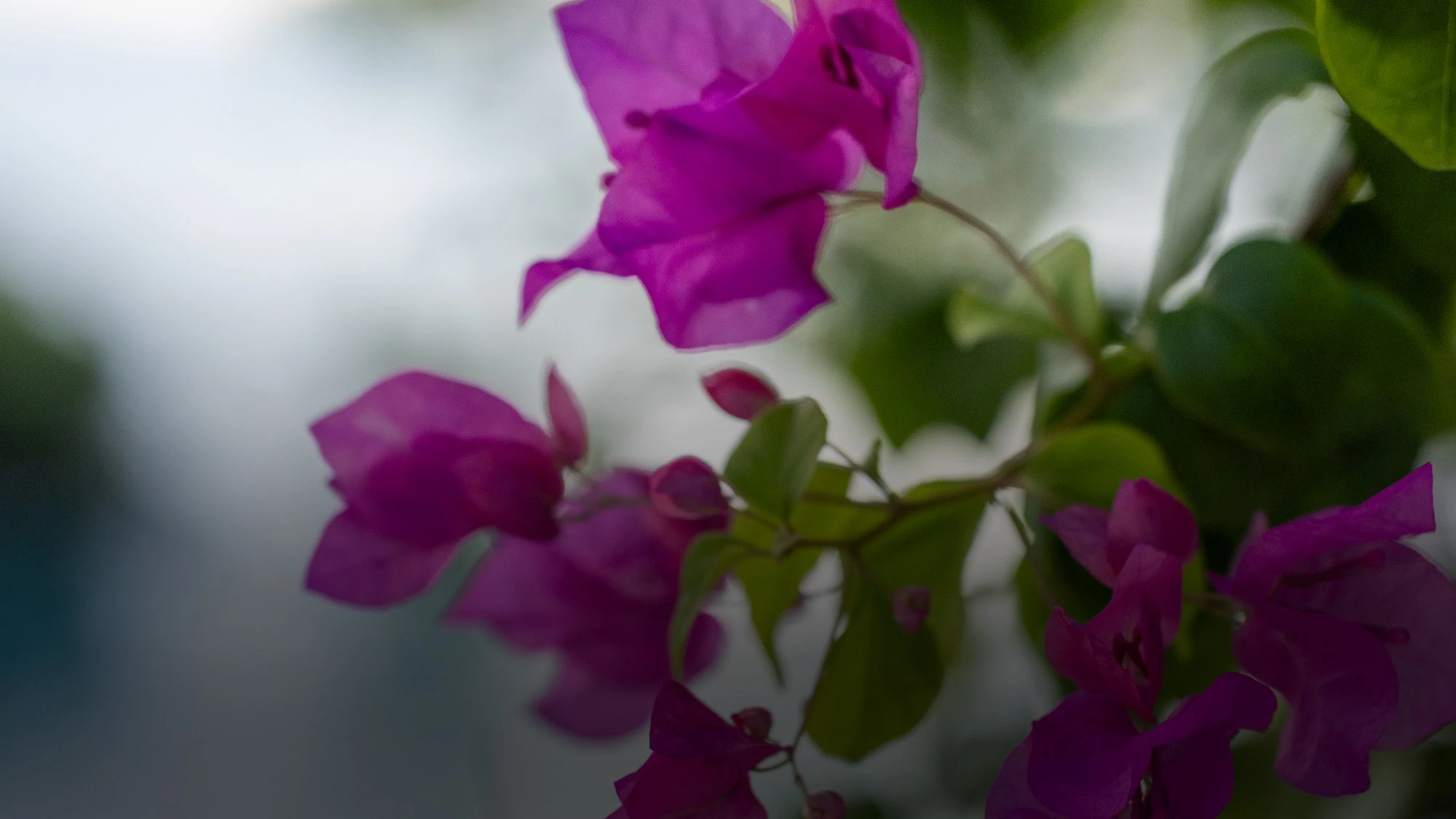
NOTES FROM OCEANIA
Of all the fragments of human history, none is as mysterious as the peopling of the Pacific. Its islands, scattered across a vast ocean, share a history of migration and navigation—and now face a shared future of rising seas and declining fisheries. In these notes, I look to the cultures of specific islands, the future of reefs and fish populations, and the fate of the birds that journey here from around the world each year.
What is Oceania?
Oceania is a massive regions of islands spanning Melanesia, Micronesia, Polynesia and Australasia.
What Countries Exist in Oceania?
Let's break this down by region.
Melanesia
Melanesia is the area northwest of Australia. These islands are grouped together baed on the similarities of the cultures of the people from these islands.
Countries include: Fii, Papua New Guinea, Solomon Islands and Vanuatu.
Territories include New Caledonia, a French collectivity, and Indonesian Western New Guinea.
Micronesia
Micronesia is the region north of Papua New Guinea and Melanesia. It consists of thousands of islands.
Countries include: The Federated States of Micronesia, Kiribati, Marshall Islands, Nauru and Palau.
Two Territories of the United States also exist in this region: The Northern Mariana Islands, and Guam.
Polynesia
Polynesia is the region in the center of the South Pacific we often refer to as the South Seas.
Countries include:Cook Islands, New Zealand, Samoa, Tonga and Tuvalu.
Territories and dependencies include: American Samoa, Cook Islands, Easter Island, French Polynesia, Hawaii, Niue, Norfolk Island, Pitcairn Islands, Tokelau, Wallis and Futuna, and Rotuma.
Australasia
Australasia overlaps with Polynesia and Melanesia, but adds the continent of Australia to complete the region of Oceania.







